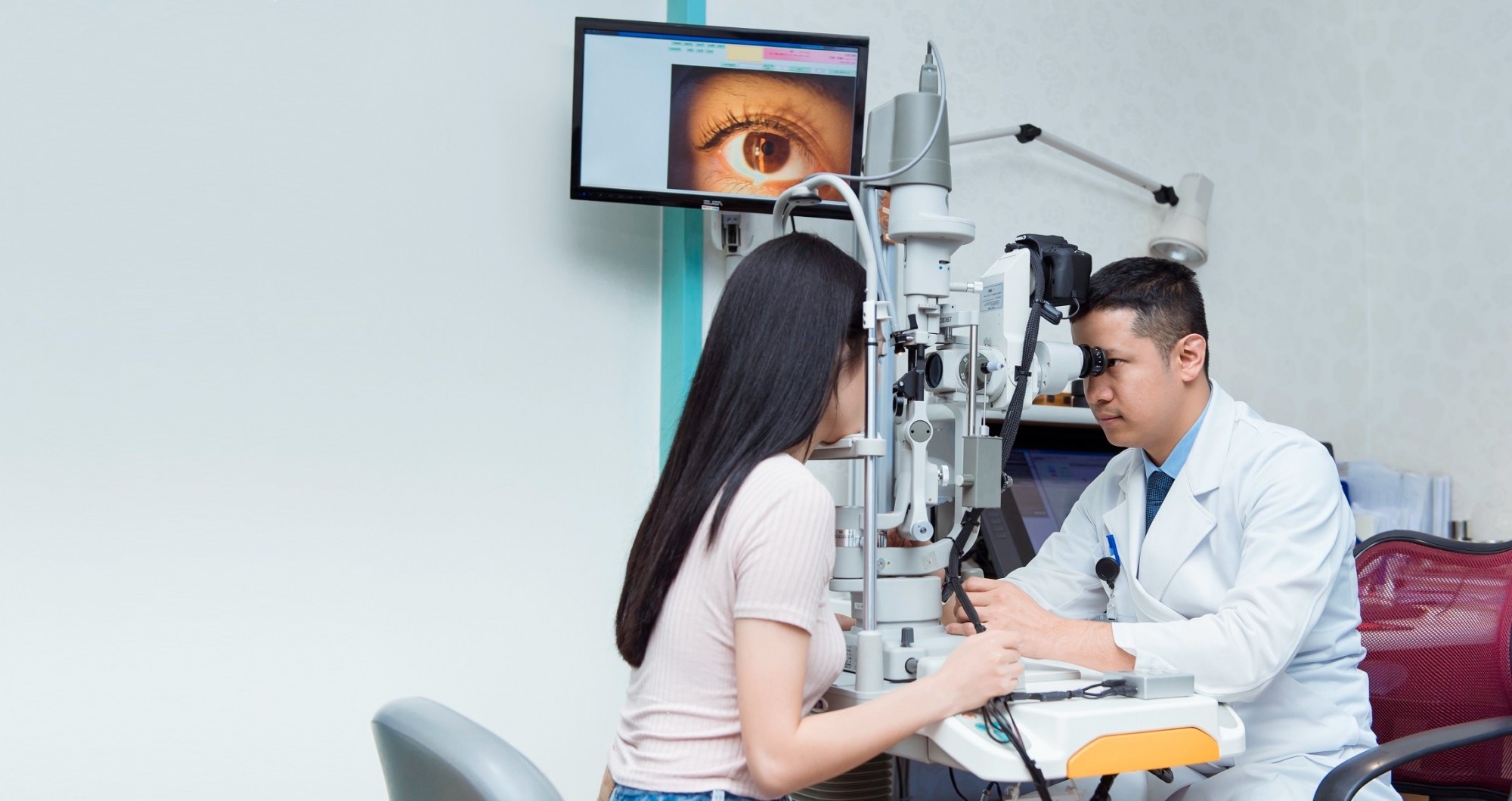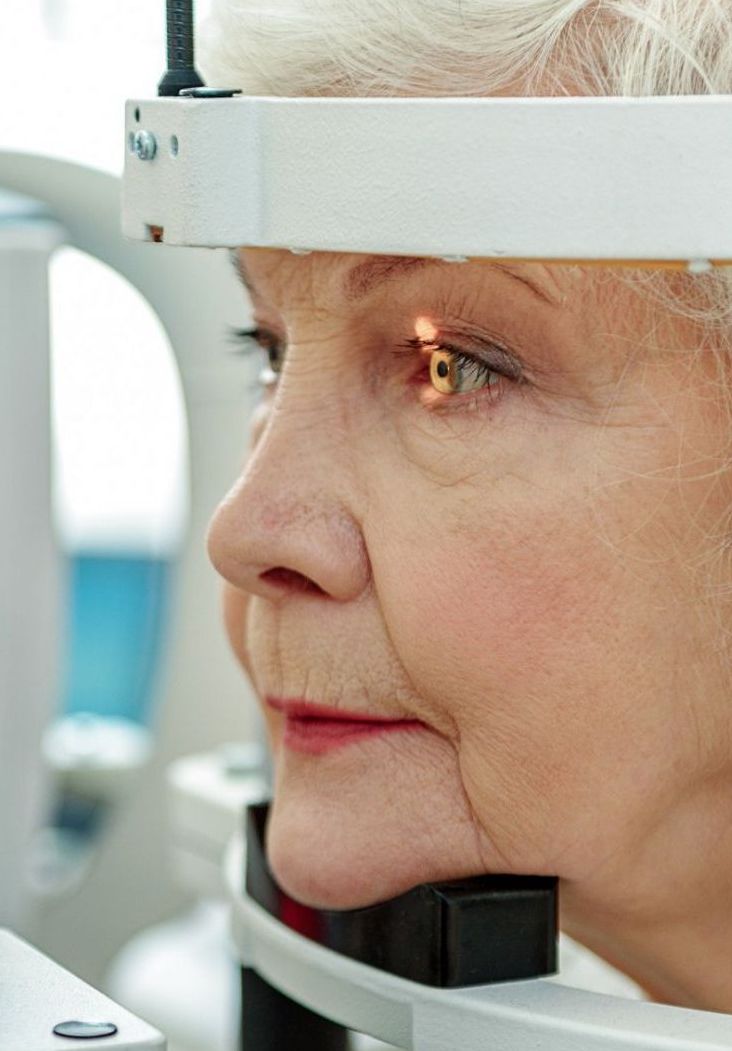Glaucoma is a group of eye conditions that cause damage to the optic nerve and loss of visual field. Glaucoma has been called the silent thief of sight. , and it damages the eyes and resulting in blindness if not detected and treated promptly. Glaucoma may appear with symptoms such as as eye pain, migraine, blurred vision but may also go with no obvious symptoms. Therefore, many patients only know they have it when it has progressed seriously, with low prognosis of treatment. Given its seriousness, periodic examination and screening to detect early and grasp the golden time for treatment are essential. The glaucoma examination package at Japan International Eye Hospital with comprehensive and in-depth examination steps will help patients screen for disease risk and get prompt treatment prescription.

A regular glaucoma screening package is suitable for:
- Those at high risk of glaucoma:
- Those of over 40 years old
- Those with family members who have glaucoma
- Those with refractive errors: myopia over 4 diops, early presbyopia, presbyopia at quick progress.
- Those with systemic diseases such as high blood pressure, nocturnal blood pressure decline, mucosal spasm in coronary artery disease, Raynaud’s syndrome, cerebral circulation disorder, migraine, hyperlipidemia, diabetes, thyroid diseases
- Those with functional symptoms of Glaucoma:
- Sudden intense eye pain which then spreads to the head top, red eyes, heavy lashes, photophobia, watery eyes, blurred vision as through the mist, red-green halos when looking at lights, tight eyes like marbles.
- Occasional eye pains, headache, and blurred vision and then normal vision. Those symptoms then appear at a higher frequency, level, the vision is getting worse and the visual field is getting narrowed.
In order to diagnose glaucoma, our ophthalmologists rely on 3 main factors: eye pressure, neuralgia condition and visual field. Our Glaucoma screening package consists of the following steps:
Step 1: Autorefractor measurement
Step 2: Measure eye pressure with a non-contact tonometer, assess the eye pressure condition at the time of examination, detect glaucoma (if any).
Step 3: Test vision. You will have a vision test on the test panel combined with many other vision tests (blue-red test, contrast test, 4-point test, etc.) to evaluate your maximum eye vision and glaucoma’s impact on your vision (if any).
Step 4: Test visual field. The visual field analyzer automatically assesses your visual field in order to detect and trace your glaucoma progress as well as damages to your visual field caused by your nervous system.
Step 5: 3D OCT – posterior tomography (CT to analyze papillae, evaluate the retinal nerve fiber layer).
Step 6: See your doctor. Based on your examination results, the doctor will evaluate your risk of glaucoma, its severity and prescribe appropriate treatment methods.

Our Japan International Eye Hospital owns the latest retinal and optic nerve tomographers, allowing us to deliver a reliable assessment of damages to your retina, macula and papillae. In addition, our modern software allows us to evaluate and monitor the glaucoma progression, even with the smallest changes. Our Goldman non-contact tonometer supports maximum efficiency of our examination process.
Our Vietnamese and Japanese doctors have many years of experience, get well-trained in Viet Nam and abroad. They also regularly update the latest treatment technologies.
Japan-standard service
We deliver a comprehensive care service, supporting our patients throughout their examination and treatment process. Our strict examination process meeting the Japanese standards helps us accurately determine disease conditions.

